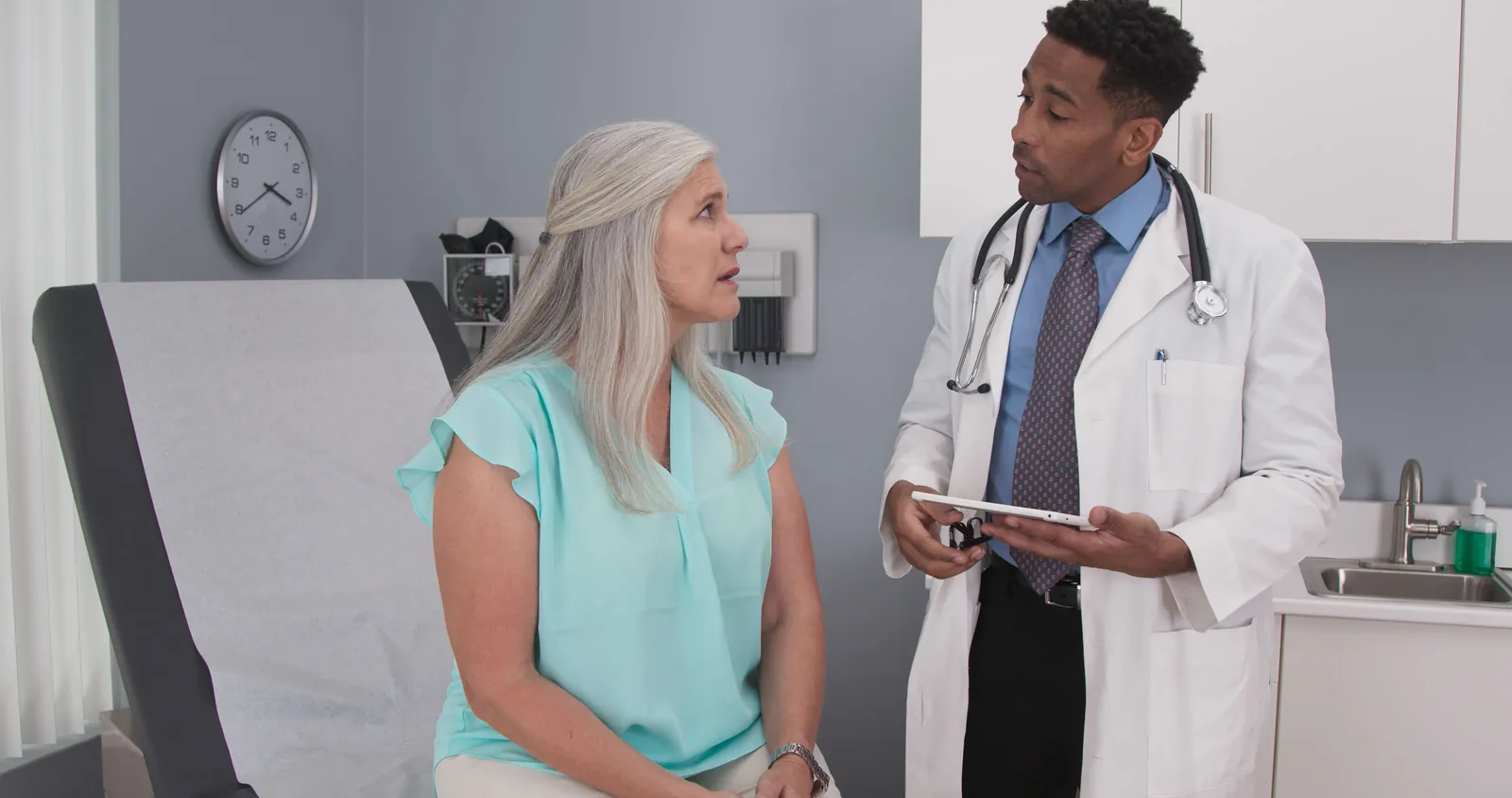Symptoms related to this disease may affect different systems of the body. Use the 'Filter and Sort' function to learn more about which body system(s) are affected by this disease and their associated symptom(s).
- Home
- Browse by Disease
- Polycythemia vera
Polycythemia vera
- Other Names:
Acquired primary erythrocytosis; Osler-Vaquez disease; PV; Polycythemia rubra vera; Vaquez diseaseAcquired primary erythrocytosis; Osler-Vaquez disease; PV; Polycythemia rubra vera; Vaquez disease
Read More
Read Less



